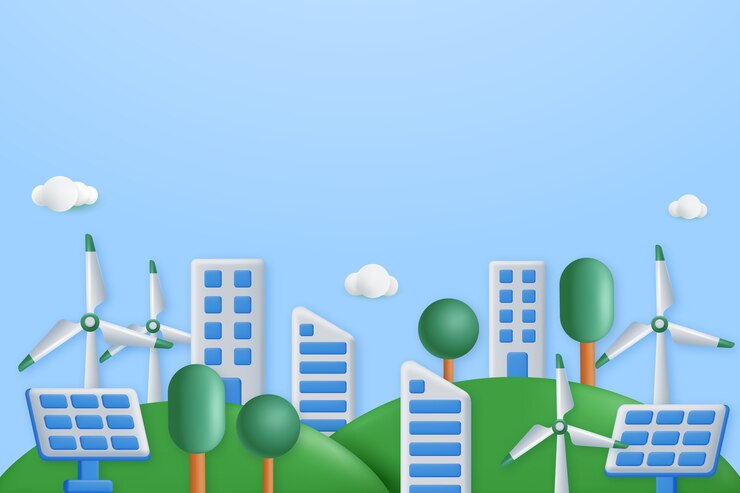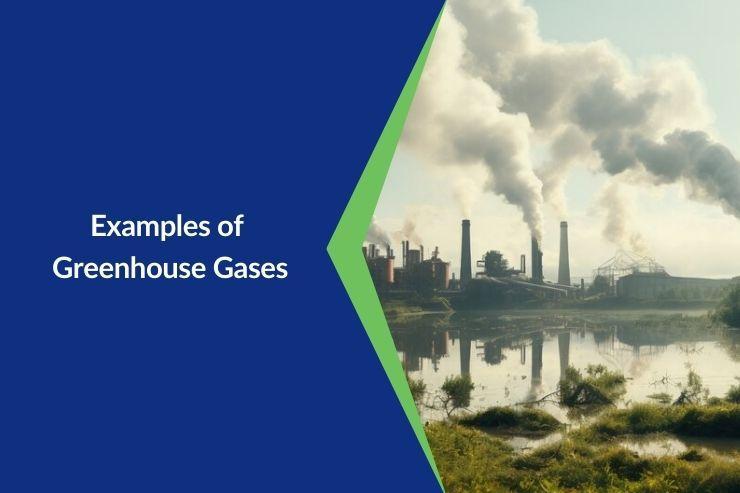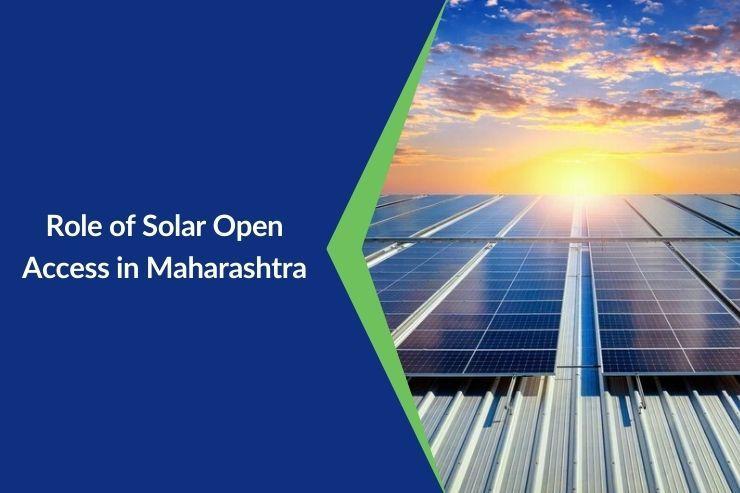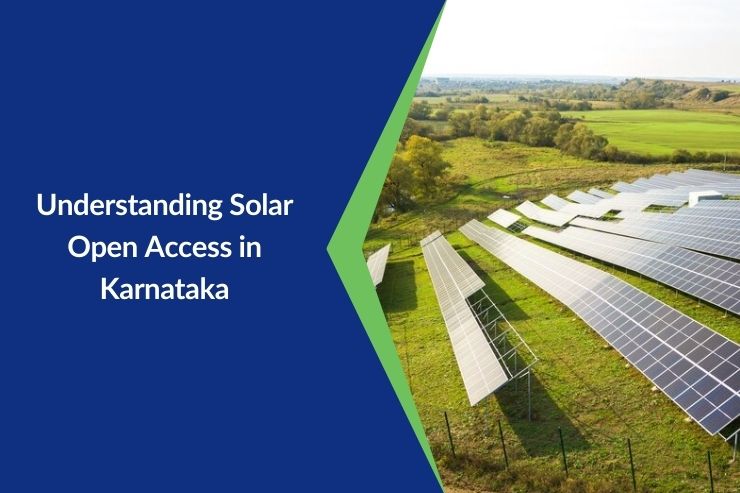The rise of sustainable energy is becoming instrumental in our efforts to combat climate change. It is essential for maintaining the well-being of our planet and boosting economies by utilising ending resources. In this discussion, we delve into energy alternatives like solar, wind and hydropower highlighting their importance in transitioning towards a future.
Introduction to Sustainable Energy
Renewable energy comes from sources that are unlimited and environmentally friendly. Transitioning to sustainable energy entails improving our way of life and safeguarding the environment for generations.
The United Nations launched Development Goal 7 known as SDG7 in 2015 with the aim of guaranteeing affordable energy access. Embracing energy sources is vital in mitigating carbon emissions and advancing towards an environmentally friendly economic model.
Various forms of energy like solar, wind, and hydropower contribute to our endeavours, towards living a sustainable life.
Types of Sustainable Energy
It’s crucial to examine forms of energy to tackle the environmental issues we face today. Let’s look into three types- solar, wind, and hydroelectric power. Each type comes with its advantages and plays a vital part in our efforts to transform our energy systems.
1. Solar Energy
This sustainable power source harnesses sunlight to generate electricity playing a role in eco energy solutions by providing a reliable and environmentally friendly energy source.- Convenient Accessibility: Solar energy has become cost readily available thanks to advancements in efficient technology.
- Adaptable to Requirements: Whether it’s rooftop installations or extensive solar farms solar power can cater to a wide range of energy needs.
2. Wind Energy
We utilise turbines to harness the wind and transform it into energy. It plays a crucial role in energy initiatives.- Economic Advantages: Wind turbines have operating costs leading to long-term savings.
- Environmental Friendliness: Wind farms are usually situated in regions causing minimal disruption to their surroundings.
3. Hydroelectric Energy
Hydropower harnesses the energy of flowing water to produce electricity. It serves as a sustainable energy source.- Consistent Energy Production: Hydropower facilities offer a supply of energy playing a role in maintaining the stability of the power grid.
- Environmentally Conscious Approaches: Contemporary hydropower plants focus on minimising their footprint and enhancing water resource management practices.
Benefits of Sustainable Energy
Embracing energy solutions offers a range of advantages, across economic and societal aspects transforming the way we generate and utilise energy for the better.
- Positive Impact on the Environment: Opting for sustainable energy sources significantly reduces the emission of greenhouse gases.
- Financial Savings: Investing in alternatives like wind and solar power decreases our reliance on fossil fuels.
- Community Support: Renewable projects often bring job opportunities and improved infrastructure to regions.
- Enhanced Energy Security: By reducing reliance on imported fuels we strengthen security and achieve greater energy independence.
- Encourages Progress: The emphasis on renewable energy drives innovation leading to advanced and efficient energy solutions.
- Healthier Living Conditions: Reduced pollutants result in air quality contributing to health issues associated with poor air quality.
- Job Opportunities in Sustainability: The renewable energy industry is expanding rapidly creating employment prospects for workers.
Challenges and Solutions of Sustainable Energy
The shift towards energy offers benefits but it also poses challenges that require smart strategies and creative solutions. Let’s take a look at the hurdles and discuss ways to tackle them:
- Challenges in Technology: There is room for enhancement in storage and efficiency. Possible solutions include investing in battery technologies and improving the efficiency of energy systems through research and development.
- Financial Considerations: Getting energy projects off the ground can be expensive. To address this, one could explore leveraging economies of scale seeking government backing through subsidies and looking into financing options like bonds and climate funds.
- Enhancements in Policies: Strong policies and regulations play a role in fostering energy growth. Implementing policies that encourage investments in energy and streamline approval processes can speed up project execution.
- Integration with the Grid: Integrating energy sources into existing grids can be complex and requires grid management solutions. Making use of grid technologies and undertaking grid modernisation initiatives can effectively manage the variability of these energy sources to ensure grid stability.
- Public Perception: It is crucial for the general public to have an understanding of and support for technologies. Educational campaigns, community engagement and showcasing examples can strengthen backing for energy initiatives.
- Resource Flexibility: Dealing with the variability of resources, like wind calls for approaches.
- Regarding infrastructure needs: Improving renewable energy (battery) storage technology or integrating energy sources can guarantee an energy supply. Enhancing infrastructure to support energy generation methods is crucial even though it involves expenses and time investments. Partnerships between companies and international allies can share the costs and speed up infrastructure progress.
Conclusion
The need for energy solutions is vital and unavoidable. By supporting and expanding our understanding of these innovations we can all play a part in moving with this change. Let us view energy as a responsibility we share collectively shaping a future for all.
Frequently Asked Questions
How is Solar Energy Generated?
To generate solar energy we employ panels that trap sunlight and transform it into electricity using photovoltaic cells. This method effectively harnesses the power of the sun in making solar energy an environmentally friendly option for consumption.
How Does Hydroelectricity Compare To Other Renewable Energy Sources?
Hydropower stands out as an option within the realm of renewable energy due to its consistent power generation and efficient storage abilities. This makes it a top contender for meeting high-demand energy requirements and ensuring an electricity supply.
What Environmental Impacts are Associated With Hydroelectric Dams?
Building dams can have an effect on the environment and the people living nearby by forcing them to move. To reduce these impacts it’s important to plan and use sustainable methods at every stage of these project’s development.
What are The Economic Advantages of Investing in Sustainable Energy?
Investing in energy proves to be a financial decision over time. It reduces expenses and reliance on renewable energy sources improving energy security and leading to significant cost savings in the long term.
How Can Governments and Businesses Promote The Adoption of Sustainable Energy?
To encourage the adoption of sustainable energy we should offer specific rewards, implement supportive government measures, and establish successful collaborations between public and private entities. These initiatives can enhance the availability of energy technologies and increase their attractiveness to a wider range of people.
Read More About – Sustainable Energy PDF







